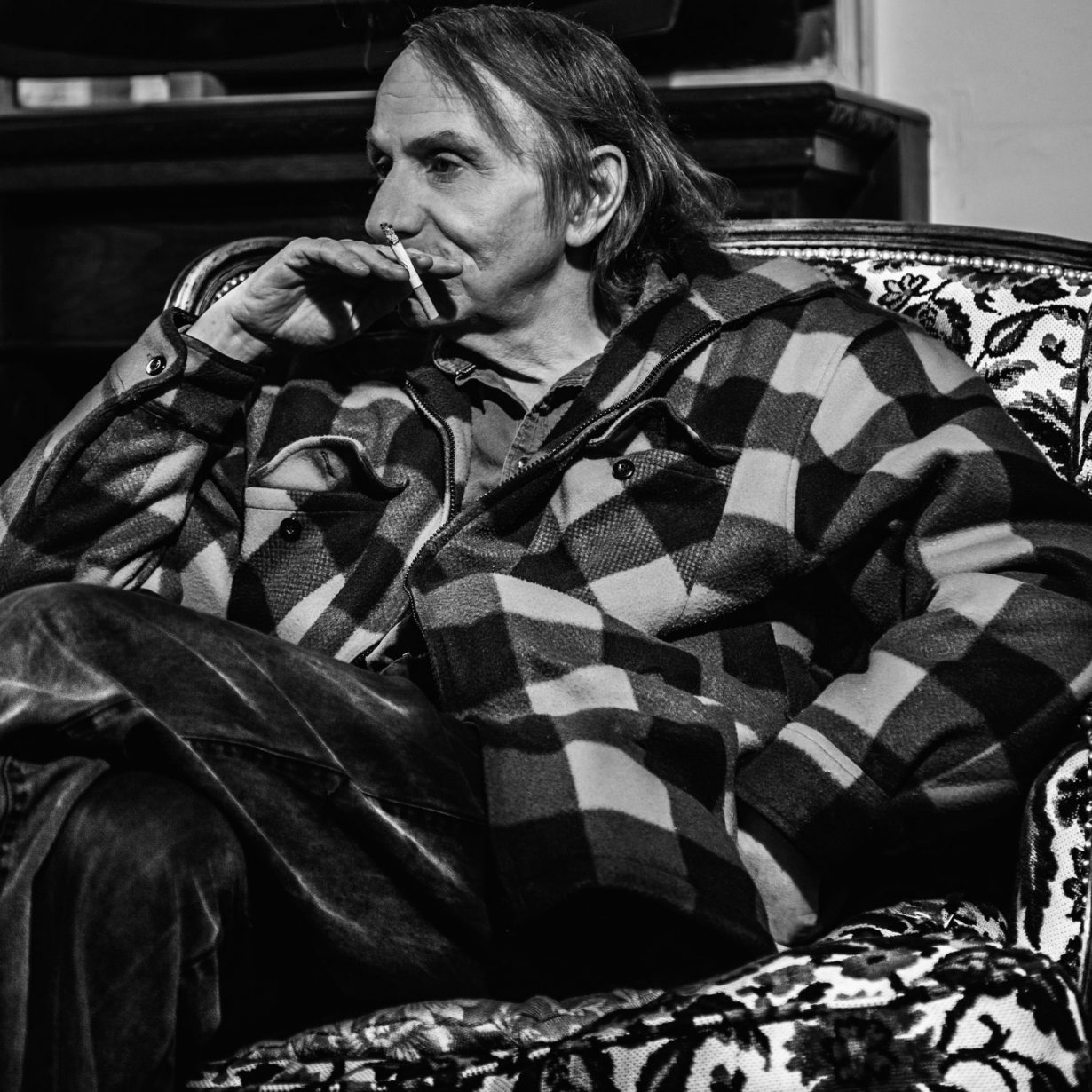
From 2016: The French poet and novelist talks to architect Tom Emerson about the transition from word to image, on the occasion of his first major art exhibition
Tom Emerson Maybe you could start by describing the exhibition you’re preparing at the Palais de Tokyo in Paris this summer and the motivations behind it?
Michel Houellebecq In fact, this exhibition came from another exhibition in the 20th arrondissement that was more limited in scope. Jean de Loisy [director of the Palais de Tokyo] liked it and he asked me if I would be interested in doing another. I would say that it is a way to create a form of storytelling that for me is more akin to a collection of poems than a novel. So it is storytelling that is a little bit less narrative and that has potential for bifurcations. We spent a lot of time creating a plan for an exhibition that is segmented into small, autonomous rooms with relatively few elements. Quite often I put chairs in the centre or in the corner, to indicate a point of observation, a calm space where one can look at the images. There aren’t that many places where one can stop in a city. Well, there are churches, but apart from that, there aren’t many.
TE You mention this frequently in your text on contemporary architecture…
MH Absolutely. Let’s just say that in general I am quite ill at ease in contemporary places because often I want to stop and it’s not possible. I am of a certain age, and there is an acceleration of movement and flows that is painful for me. Physically painful.
TE Do you think that by doing this exhibition you are returning towards an interest in the object, space, the chairs?
MH Space, yes, but not in manufactured objects, there aren’t that many objects in my exhibition. In the Palais de Tokyo, the chairs are important as a means of being able to stop. I think that in life in general there aren’t enough places where one can stop, and to stop with something interesting to look at. That is really something that is missing in society. Everything is too geared towards mobility and the reality of mobility.
TE Maybe you could speak about stopping, the position of the observer…
MH I think that the first artistic step I took was to stop along the way. When I go from one place to another, from my home to college, to take a moment to stop, to pass an indefinite amount of time to look at what is going on. To step out of time. Take my time and freedom against the schedule. A museum can serve this purpose.
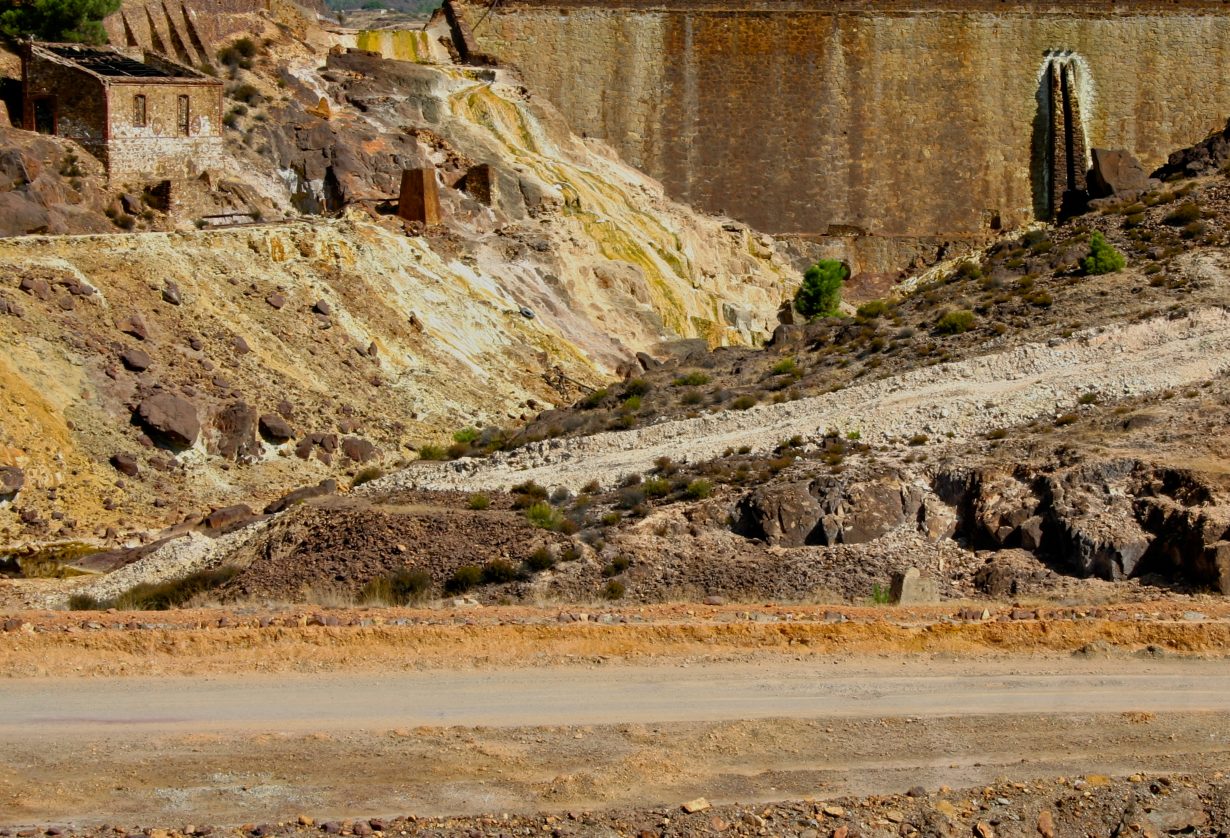
Espagne #003. Courtesy the artist
and Air de Paris
TE What can you do in a gallery or, more generally, in real physical space that you are unable to do in writing?
MH To start with, to introduce bifurcations. All books are necessarily sequential. So having three dimensions allows us to envisage obligatory paths and optional paths.
TE You mentioned dividing the exhibition into small rooms. Is this also about the possibility of chance? To ensure that everything is not linear as it is in a text?
MH Well, it’s choices. I don’t overdo it. It’s not a labyrinth. Not quite. There is a temptation in our writing to have narrative bifurcations, possible choices that may eventually come together later on.
TE The neverending consumption of choices.
MH Which is tiring. We live in a tiring world. And there is the interest of the image in itself, which is separate from the text. For example, I have never written real descriptions of landscapes because I find that photography is better suited to it. Similarly I don’t really take photos of human beings because I find that literature is better suited to that.
TE This is one of the points that interests me: I find your evocation of place and of the observer’s position in your writing very precise. And the attention you bring to scale – for example in [your 2010 novel] The Map and the Territory, where [ fictional French artist] Jed Martin’s story and artistic project starts with a photograph of a nut and bolt and ends with
a natural or partly natural territory. During each phase, the observer’s position is very much framed
MH I don’t observe things frontally but quite often by being a little bit above.
TE But what struck me with regard to what I have read in your texts about the exhibition and seen in your photographs is the view towards a built environment.
MH Well, there are several periods to this. There was a period when I was interested, almost exclusively, in what we call the ‘péri-urbain’ [outer urban] zones, because the word ‘banlieue’ [suburb] no longer suits. These are shapeless zones, deconstructed, which in France spread between the centre of Paris and the countryside. There is a whole region that is confused.
TE I think this is a European condition.
MH Yes, I’m sure. It happens that I grew up in a péri-urbain environment. The word didn’t exist, but the reality did. More recently I became interested in pure countryside. Especially since The Map and the Territory. I realised that, actually, I didn’t know France very well: I went to holiday destinations, but I didn’t know the French countryside.
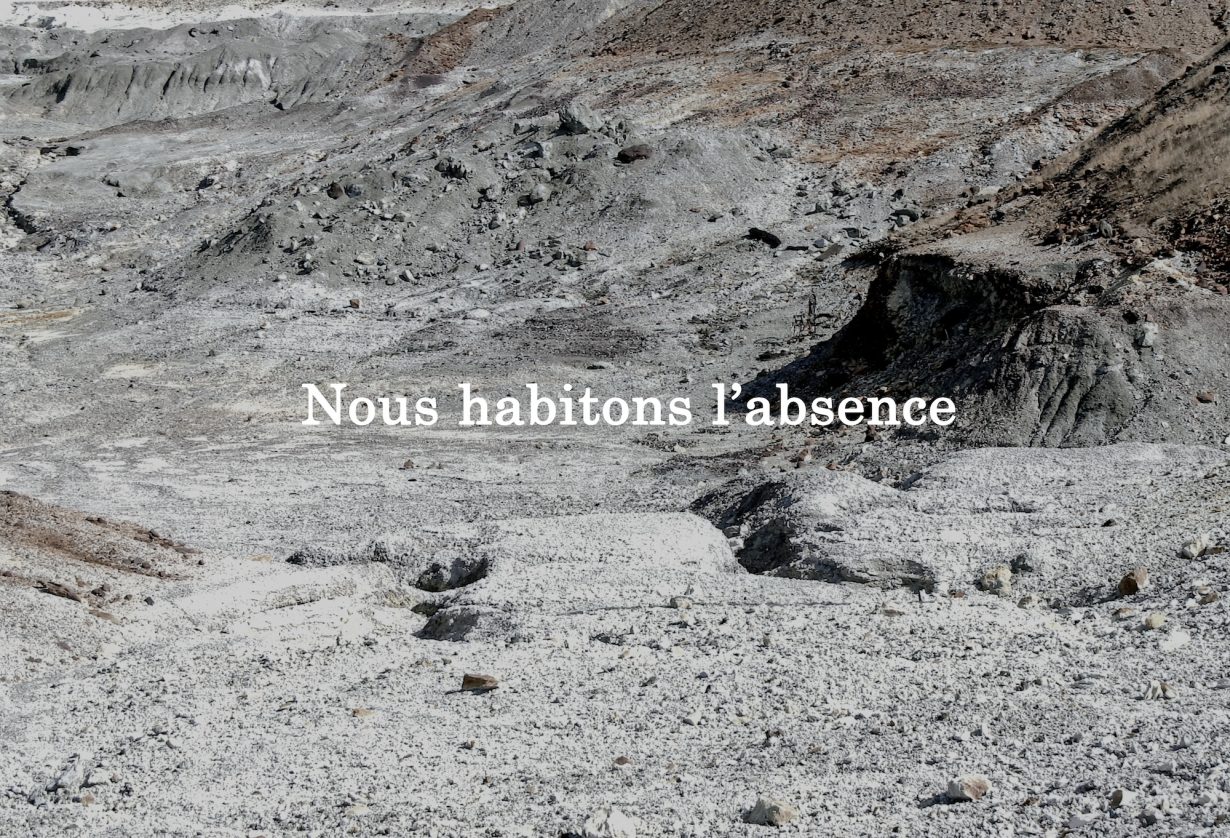
and Air de Paris
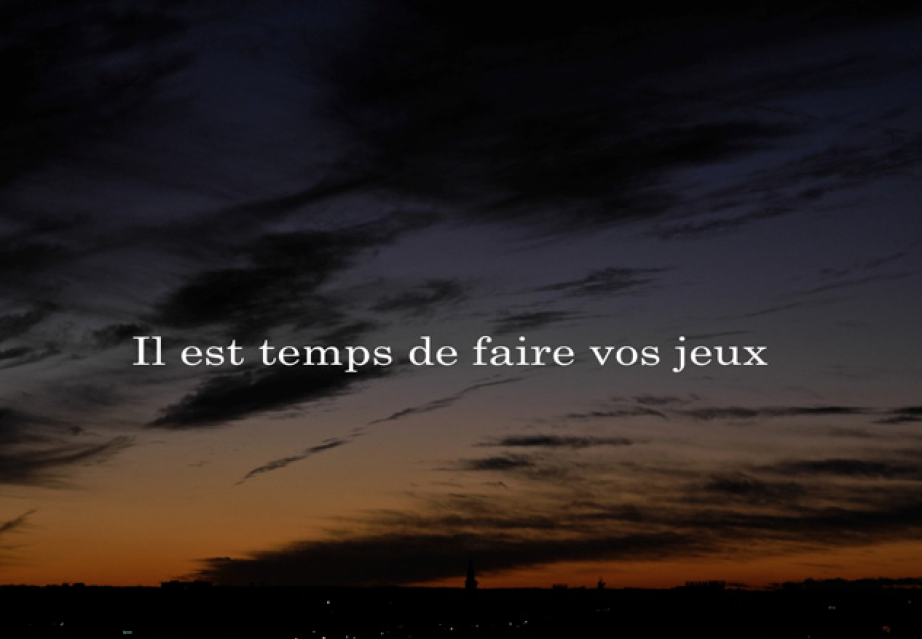
and Air de Paris
TE Is it fair to say that you are more interested in environments than specific spaces? Space and places are always precisely described, but the meaning builds in the conditions of broader environments, whether they be urban, peri-urban, rural, indus- trial, touristic, wild landscape or infrastructure for example.
MH Yes, I think that it is tourism – rural reality – that is the future of France. I don’t say this as a provocation, because I do think that the nouveau riche will want to come and holiday in France – probably not in England, or in the Netherlands. It was a serious economic projection in my mind, which was taken as a provocation because the French like to think that they have a hi-tech future– with start-ups, etc – but I don’t think so at all.
TE It is a very shocking projection. I think there is a passage in The Map and the Territory in which native French are dressed in folk-style clothing, in order to serve the Russian and Brazilian nouveau riche.
MH Some people find it shocking, but it doesn’t shock me at all.
TE I think that all Europeans want to think that they have a more productive future, but in fact you are probably right.
MH Let’s say that tourism is an honourable profession. There is nothing dishonourable about working in hotels and restaurants. I think that we tire ourselves out too much by hanging onto a technological future that doesn’t really want us back.
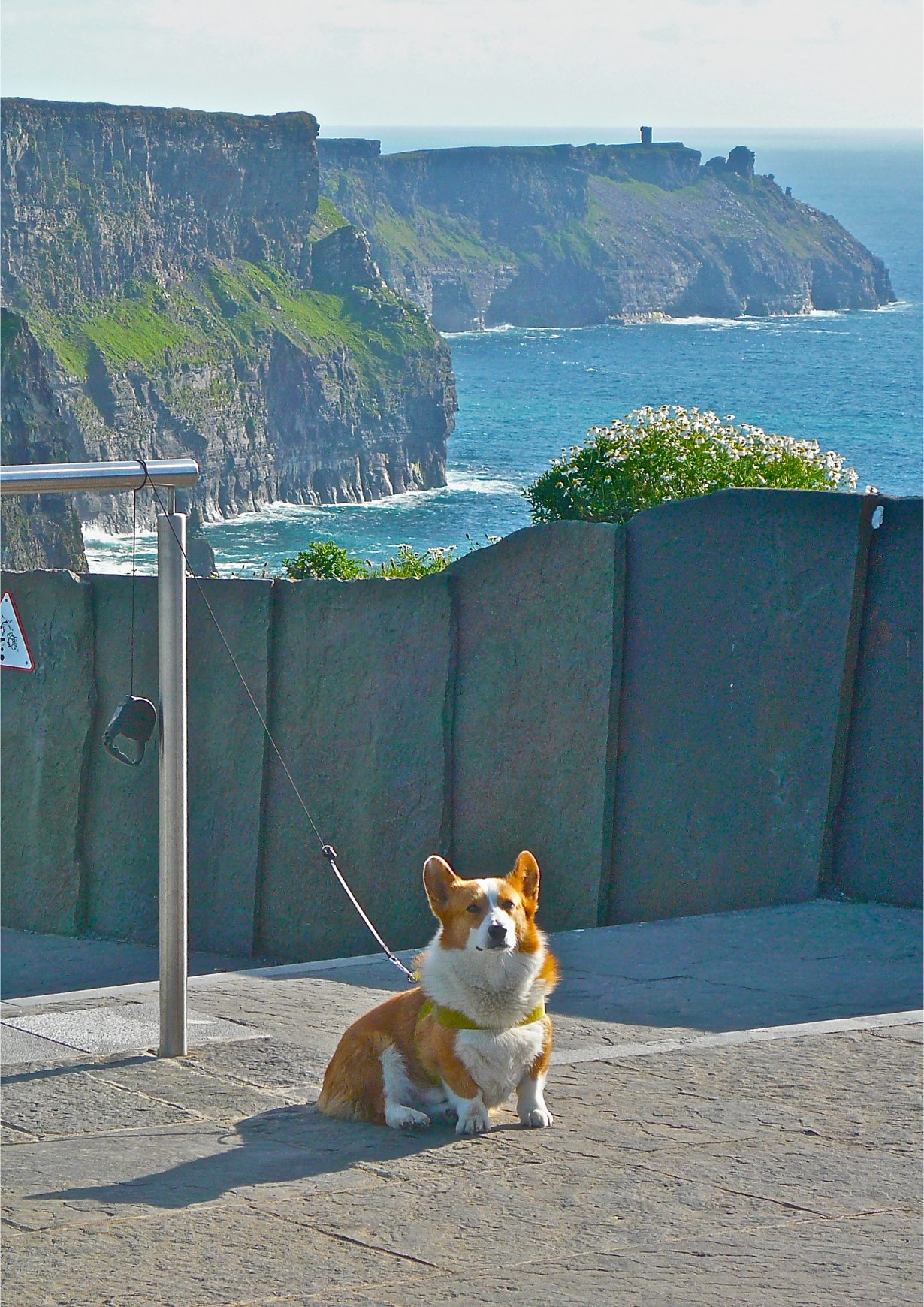
and Air de Paris
TE That’s another theme that has always interested me, especially in The Map and the Territory, and also in your collaboration with a doctor for Manifesta 11 in Zürich this summer: it’s the presence of labour. The dialogue in The Map and the Territory between the fictional Michel Houellebecq and William Morris is very radical today. There is a new attitude towards craftsmanship and the value of work that we are trying to find today. Is this also a theme when you work with the ideas of the environment, the built landscape?
Are the two themes linked?
MH I think that my thoughts are about work in reality. Apart from having described all the works of Jed Martin in The Map and the Territory, where it really is his theme throughout his whole life – well, apart from at the end – but after having described all of that, I don’t really want to do it. Having described all this work, thinking about the theme of work has taken away the desire for me to do it. So I became more interested in the territory.
TE There is a certain insistent gaze in the description of a place. The places are framed, maybe it comes from your photography – to stop and find a horizon…
MH I like to frame things, but that’s independent of any aesthetic interest. I take pictures to write novels, not for the photos themselves, but because I like to see where the characters are. For the last one I took pictures of all the places: Rocamadour, the mosque, everything. I need to visualise the scenery. But to take pictures is enough, generally it isn’t really worth writing in situ. I take pictures when I’m there, I bring them home with me and I find myself there again.
TE Do you think there is a relationship between photographs and memory? Does it serve to recall a memory that maybe contains more details than the picture itself?
MH No, it isn’t quite that. I know that I very much like some places. But that’s because I have the impression that I remember it, when in fact it corresponds to nothing. It’s a very violent feeling in me, what we call déjà vu. We recognise a place; we are sure that it’s somewhere we know; and yet nothing from our past demonstrates that. Yet it’s a very violent feeling, and I don’t think that it’s completely irrational, I don’t think it’s something mysterious, I think it might be something we’ve seen in a dream. Maybe there are places that give us a strong sensation of recognition even though we don’t know them. And that often incites me to take a photograph.

and Air de Paris

and Air de Paris
TE You said earlier that the exhibition has a link with your writing, but that it is more related to your poetry than to your novels…
MH I started by writing poems. I did this for a long time, and in the end there is a rather direct link between poetry and images. Well, in my mind anyway. The move to writing novels was less obvious for me than the move to do this exhibition. With my first novel I found it very strange that I could write a novel. The feeling of writing a book is very curious.
TE In what way?
MH Because actually I had no stories to tell. I didn’t have any stories to tell, and I was never any good at telling stories. Poetry doesn’t tell
a story, ever. So it was a funny process to write a novel. Only with Whatever [1994]; after that I got a taste for it. But in Whatever we get a real sense of reserve in relation to a novel. I warn that the story of my character is the story of anyone. That there is nothing particularly interesting to his story. That his life is bleak, that there are no tremors. I took a lot of precautions. But I still call this a novel at the end of the day. It was a very, very strange process for me. The fact is that honestly my novels don’t have good stories, don’t have any especially remarkable stories. There is a third thing that literary critics never invoke and it’s the characters, I am good at doing characters. But not really stories, my stories are existential ones, where practically nothing happens…
TE In the exhibition, are you looking for a story or idea that brings everything together in a particular way?
MH There is not really a story; there is a structure. There is a brutal entry into the world, a kind of zone where something happens, where different theories are tested, and then a type of disappearance, a waning at the end, and that I think is the structure that exists in all my novels as well. That doesn’t tell a story as such.
TE Talking of waning, are you interested in the idea of ruin, of growth and of deterioration?
MH There are quite a few pictures taken from the perspective of what will be left of humanity when it disappears. It is a question that interests me a great deal. There are some people who never think about it, but I think about it an abnormal amount.
TE I think that you address it directly and indirectly, always. In fact maybe one of the things I have always loved is the way that you can speak about one topic through the description of another. In the texts you sent to me, there is a little description about the events of May 1968, which are evoked by a description of the unusual calmness of your school playground in rural France as it happened. The intense disruptions in Paris were seen through the quietness a long way away. It is both metaphorical and real, as the emptiness was the direct result of strikes, closures and protests. Your fixed point of view on emptiness in fact evokes all that is happening elsewhere.
MH The fact is that I was ten years old and that is the only thing that I remember. That is to say that people had the feeling that something was happening elsewhere and that nothing worked any more and they were there waiting for potential news about this. So they hang around in the playground, usual activities were just interrupted. Also there was the news on the radio – my grandparents listened to the radio – it said that we could no longer find any petrol, the modes of transport no longer worked, there weren’t any trains either, so it was just a feeling of immobilisation without…
TE So the events were revealed through an absence.
MH Yes, and the issues – what was happening in Paris, the information – actually nobody understood a thing. It was just that things had stopped working. And already at the time I thought that it was a good time.
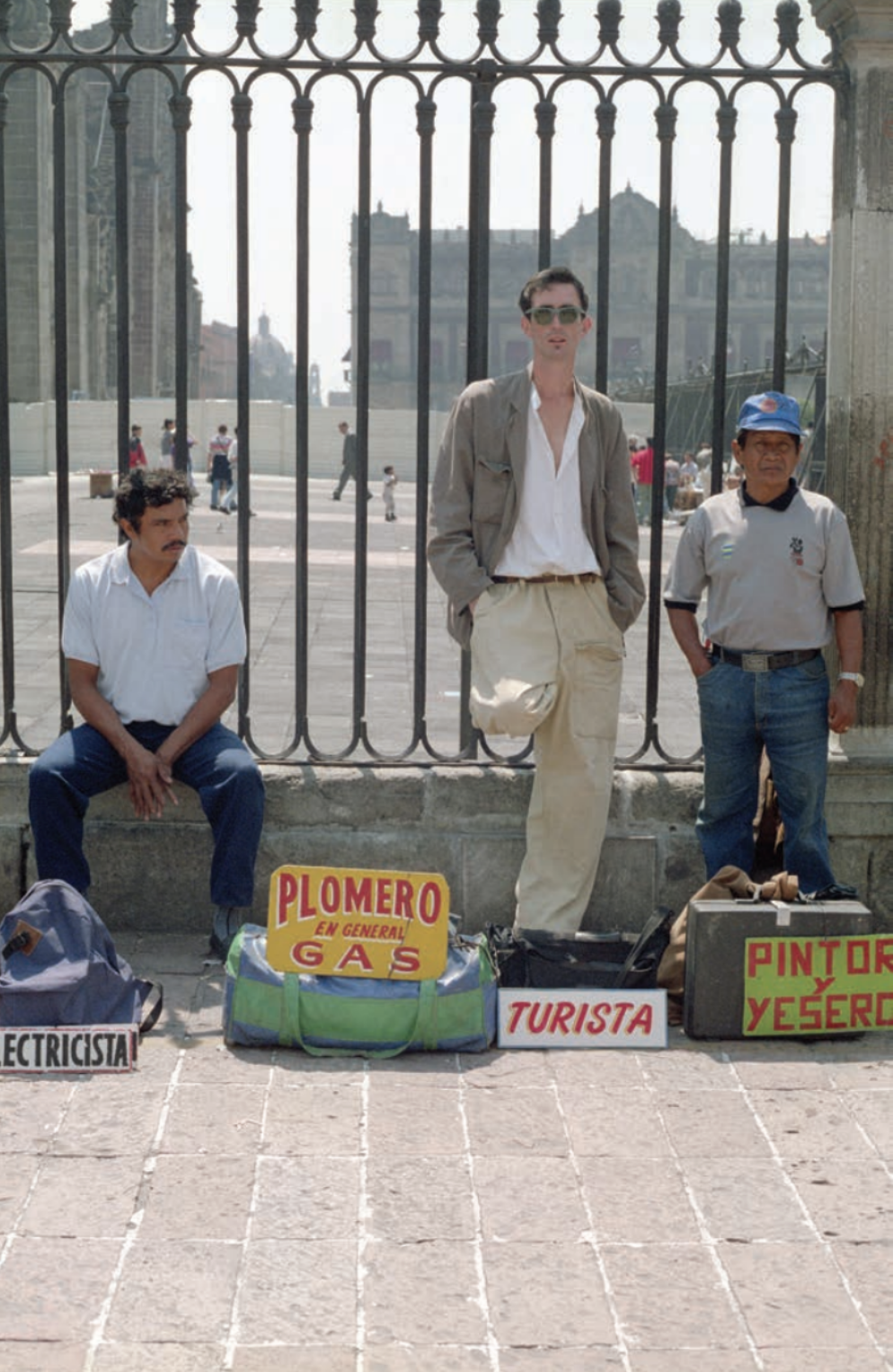
and Air de Paris
TE And if we come back to the exhibition a bit, because this interests me, the exhibition here, more or less at the same time you will be doing the intervention in Zürich with a doctor. A health checkup, I think.
MH Zürich is a more recent preoccupation, which has come about solely from the fact that I am getting older. Furthermore, although I’ve had medical examinations all my life, they have been more frequent in the last couple of years, with strange pictures of inside of me, some MRIs, well, some very curious things.
TE But it is also a preoccupation that comes back to images.
MH Yes. But whereas buildings in ruin have been an obsession of mine for a long time, the images of my insides are a recent thing. It goes back two years I think.
TE Well, it’s also a kind of living landscape.
MH Yes, I discovered this recently, it’s interesting.
TE How did you work with the other media in the exhibition? I know there will be sound, there will be a certain architecture…
MH Well, sound is one of the hardest things to talk about. There is nothing in the catalogue. I worked with a sound engineer I know… And I will create an atmosphere that seems to go with the general atmospheres of the rooms, but talking about sound is not easy.
TE Does it relate to the exhibition structure you talked about earlier?
MH I am going to use a comparison, otherwise I’ll never get there. When I create a poem, the first thing is to divide it into sections, then try to create a whole that is somewhat homogeneous. In fact I started with that – creating rooms that seemed to make sense to me featuring photos that it made sense to put together. The journey comes later. There are some rooms that have moved several times in accordance to the journey, and it’s for this reason that the narration is secondary in some ways. In a sense it is very different from a novel, because while I can write sections, I can’t interchange them at a given time.
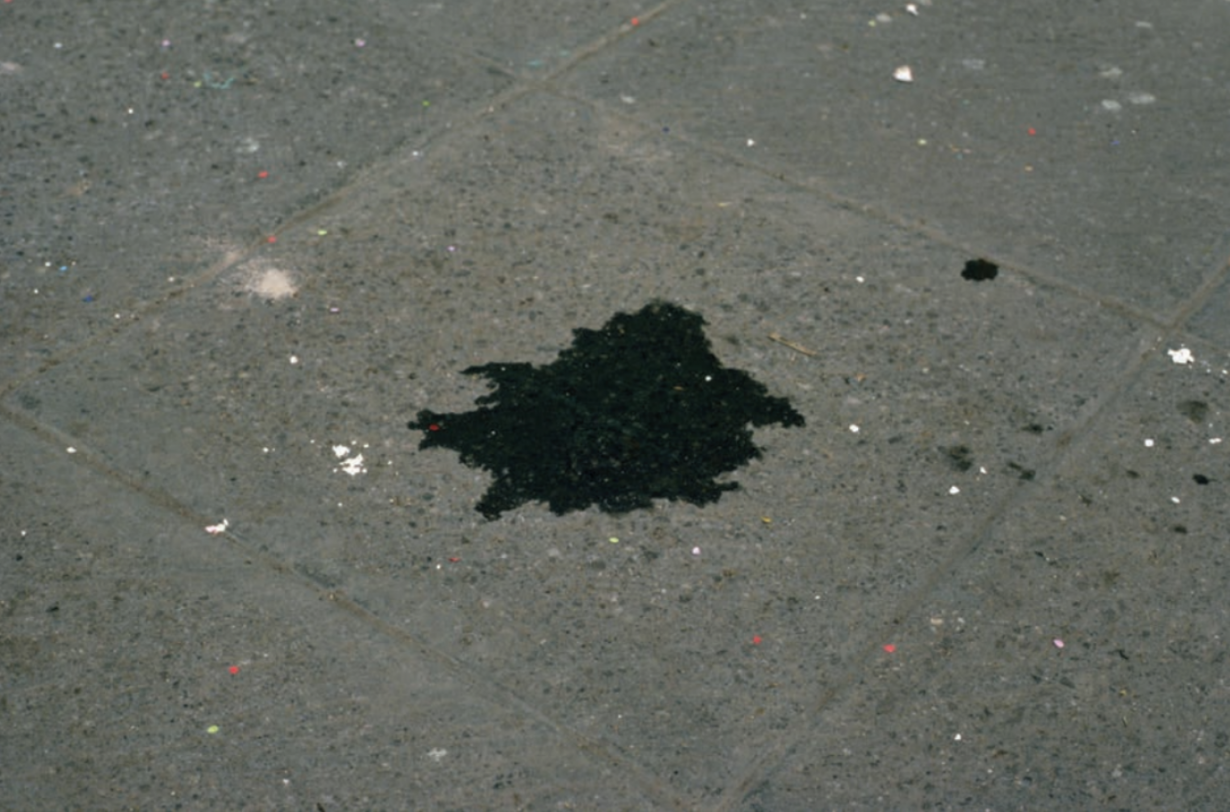
photographic documentation of an action, Mexico City. Courtesy the artist
and Air de Paris
TE You wrote recently that writing is the only true conceptual art, because the word is a pure concept.
MH Yes, it’s true.
TE Does your way of thinking and conceiving things differ between media, or is it a continuous idea?
MH I don’t know. What is quite mysterious and interesting is that
from time to time I wake up and I have the impression that a sentence is naturally juxtaposed on a photo: that it is the same thing. I don’t know how to explain it. But from quite separate elements, to my mind, it becomes an inseparable whole. And there I think it is linked to what I call poetry generally. Sometimes two successive lines that don’t have much in common nonetheless make a poem. It’s the same when I decide to juxtapose a sentence on a photo. And that is quite pleasant: it tends to prove that what I have is coherent. It’s true that at the beginning it is written and spelled out independently.
TE Is the photograph important as an object, as a format?
MH The format is essential. Because it is essential to frame things.
TE And the object?
MH The paper? I’m less at ease with that. I do things on computer screens and I hesitate a great deal: which size? I don’t know, I have difficulty with printing. I do things on screens and it’s true that I’m not used to thinking about the photo as an object.
TE Even when you described it very carefully in The Map and the Territory?
MH Yes!
TE But it stayed on the page nonetheless.
MH No, printing the images is the most innovative part for me.
TE In a way this doesn’t surprise me as I’ve always felt that you manage to jump from one extreme in scale, from the very small to the very big, extremely quickly, almost in the same sentence. Scale is never completely fixed.
MH That is also to avoid people falling asleep in the book. We must create nervous shocks. And there will be nervous shocks in this exhibition. As much as I like the rooms to be homogeneous, I also like brutal changes going from one room to another.

political and sometimes doing something political can become poetic),
2004 , video, 17 min 41 sec, colour, sound. Courtesy the artist
and Air de Paris
TE Will there also be a more intimate side to the exhibition, more involved, where we will feel inside the image, with you?
MH There is a room in which there are photos of my life. Which are partially autobiographical. And a completely autobiographical room dedicated to my dog.
TE Ah, yes! What you call the Machine for Loving. Do you also work with film or scripts?
MH No, on that no. Well, there are some clips of films, some extracts from previous films, which merit being shown independently as sequences. But it’s very short. I have two sequences which are 30 seconds long, and another that is two minutes long and another short film that I did previously which is closer to a stereotype. But I didn’t create anything new for this exhibition.
TE Because the cinema is nevertheless important to you.
MH Yes, but in the end, less so than photography.
TE It often goes back to the image then, to photography.
MH I took pictures from a very young age, I started when I was sixteen. The cinema came much later in my life, and I am less at ease with it.
TE Do you think that maybe it’s because taking a picture is like holding a pen, it’s very direct, you are alone, without any intervention?
MH Yes, it’s less complicated… I have quite a vague memory of my films, apart from those where I framed the shots myself. For me it is important to frame. To have a zone, people who capture the sense of the moment.
TE So it’s very close to photography in that sense.
MH Yes, let’s just say that there is something in cinema that evades me a bit… The audience and all that.
This interview was conducted in French
This article was first published in ArtReview Summer 2016